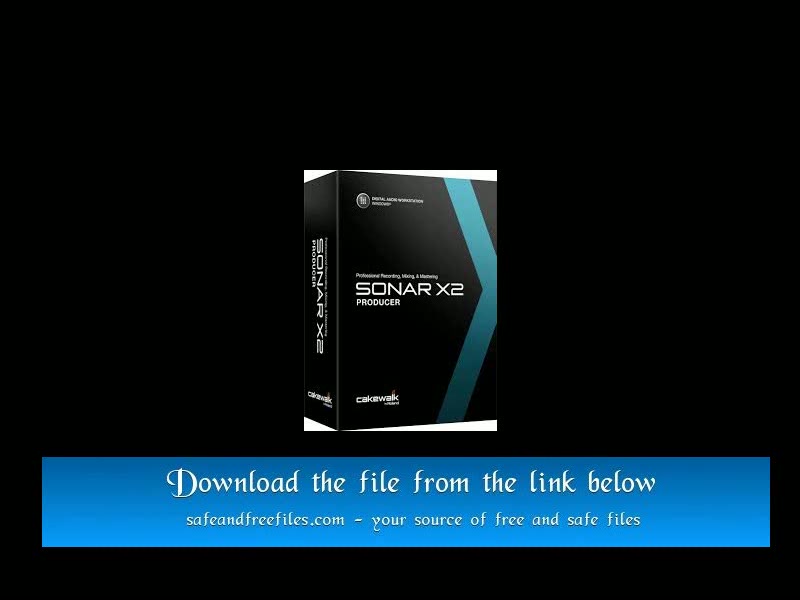

For the summing bus case, subtle use of this module on several tracks ends up making a major improvement to your sound. It’s commonly known that the best-sounding compression is the compression you can’t hear. Having the S-Type on that bus adds that glue that everyone often talks about when referring to this type of compressor by giving a gentle lift to the overall level, and providing more cohesiveness among the individual tracks so they sound more like they’re playing together. You should have at least one per every group of instruments in your mix. The most common use for this type of module is on a summing bus – a bus that combines multiple vocal, drum, horn, or guitar tracks, then sends the bus output to your master bus. Again, the added Wet/Dry knob makes for an immeasurable convenience as opposed to its hardware relative.

With the added sidechain it’s easy to apply ducking techniques (e.g., reducing level of one track in response to another track’s level) from anywhere in SONAR. Having a variable Threshold, Attack, Release, Gain, and Ratio allow a wide variety of sounds, from subtle to substantial. This compressor is a great introduction to using compression for creative and corrective purposes because of its flexibility. PC4K S-Typeīased on a classic quad-bus compressor, the PC4K S-Type provides just the right amount of “glue” you need to throw across a single track or bus. Crush drum room microphones, ambient microphones, dialogue, and everything else you mult or clone.

Use it for vocals, bass, drums, and acoustic guitar. Unlike the original hardware, our version even comes with a variable Wet/Dry knob. The creative benefits are endless, thanks to its peak limiting abilities and quick 100 microsecond attack time. Modeled after one of the most classic leveling amplifiers in history, the PC76 U-Type is a go-to compressor for just about any situation – whether you’re looking to crush a signal beyond recognition, or just add a touch of level control. SONAR X3 Studio & Producer come packed with quite a few different types of compressors, so let’s open them up and take a look. Once you understand this you’ll be able to grasp the larger picture of compression and the many different circuits and types. Instead of explaining the history and value of knowing all the different types of compressors that exist, we’re just going to dive in and show you how to get results. As a simultaneous corrective and creative utility suitable for both tonal shaping and controlling levels, a compressor is one of the most important pieces of gear in your sonic toolbox. Compression is a massively useful tool for pro audio applications.


 0 kommentar(er)
0 kommentar(er)
